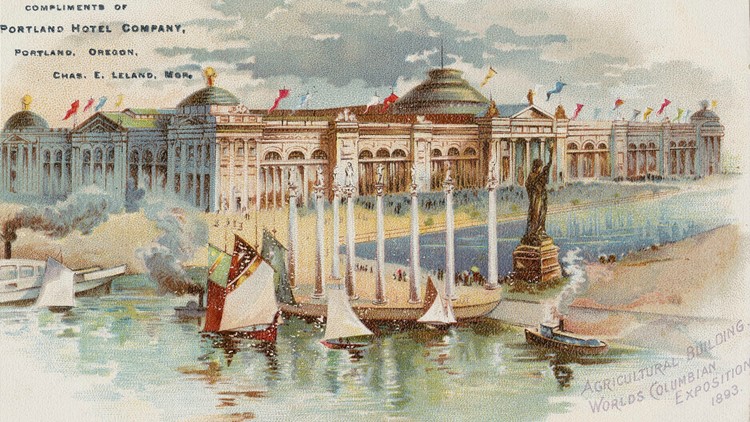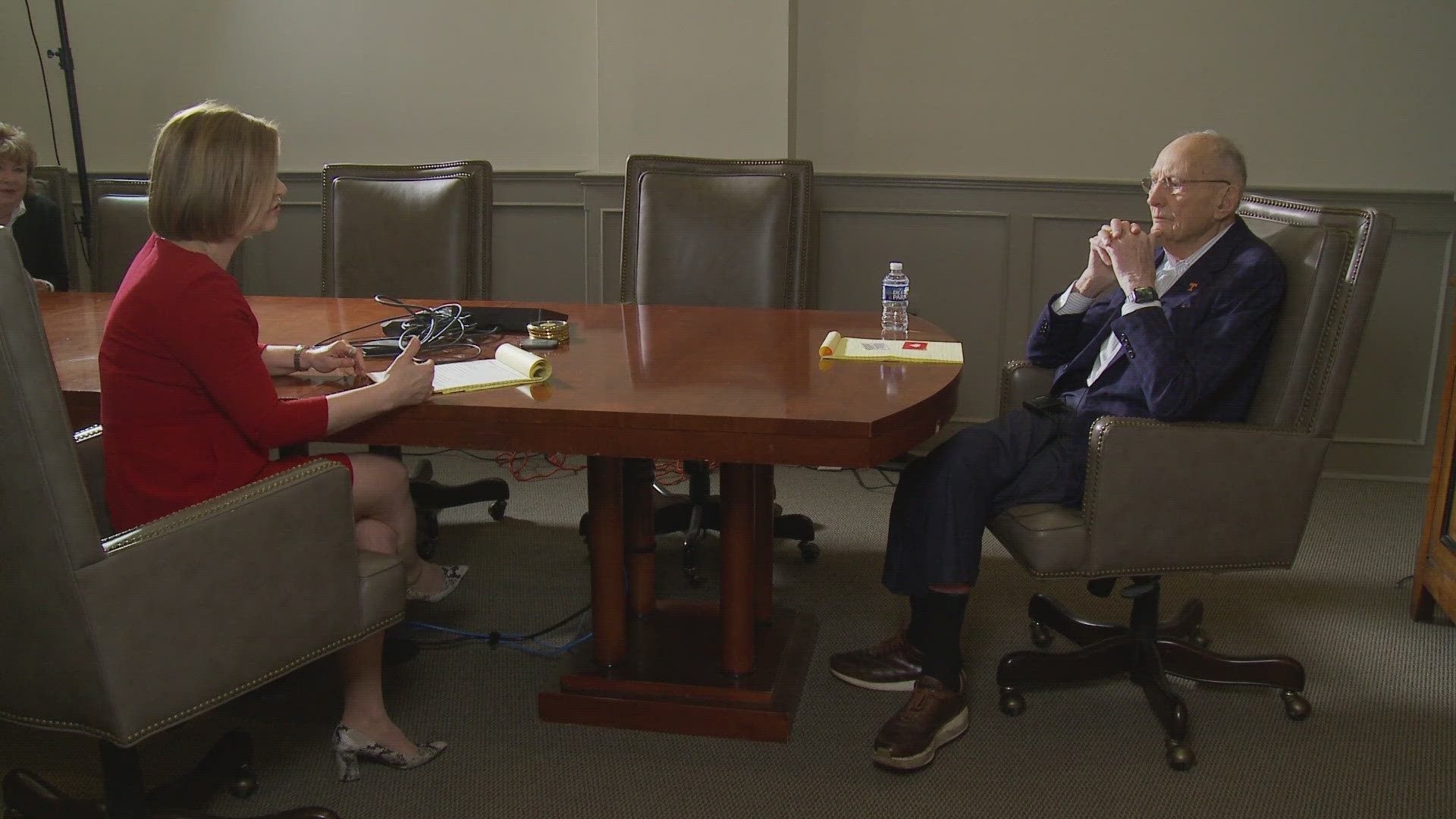The story of Christopher Columbus, as with all legends, involves a series of great successes and horrible failures.
Columbus’s current favorability rating hovers somewhere close to those of Hillary Clinton and Donald Trump. This was not always the case – he was once a revered figure who represented the American dream.
Columbus was a narcissist. He believed he was personally chosen by God and that no one else could achieve his mission. His stated goal was to accumulate enough wealth to recapture Jerusalem. After 1493, he signed his name “xpo ferens” – “the Christbearer.”
The King and Queen of Spain revoked their initial support for his first voyage to the New World because Columbus’s demands for nobility and hereditary rights were so excessive. The monarchs changed their minds only after it was calculated that the expedition would cost Spain the equivalent of $7,000 (in 2016 US dollars). Isabella did not have to “hock her jewels” to foot the bill.
Columbus’ personal qualities led to his downfall. In 1496, he became governor of the colony based at Santo Domingo, modern Dominican Republic – a job he hated. He could not convince the other colonists, especially those with noble titles to follow his leadership. And, he was an incompetent administrator. The colony was largely a social and economic failure. The wealth that Columbus promised the Spanish monarchs failed to materialize, and he made continuous requests for additional support. Finally, he left the colony to go exploring.

Inspiracion de Cristobal Colon by Jose Maria Obregon
Conditions were so dire by 1500, the Crown sent Francisco de Bobadilla to investigate. Bobadilla’s first sight, at the mouth of the Ozama River, was four Spanish “mutineers” hanging from gallows. Under authority from the King, Bobadilla arrested Columbus and his brothers and sent them to Spain in chains. Columbus waited seven months for an audience at the court. He refused to have his chains removed until the meeting and even asked in his will to be buried with the chains.
Although the Spanish rulers wanted Columbus to disappear, he was allowed one final voyage from 1502 to 1504. He died in 1506, and went virtually unmentioned until he was resurrected as a symbol of the United States.



